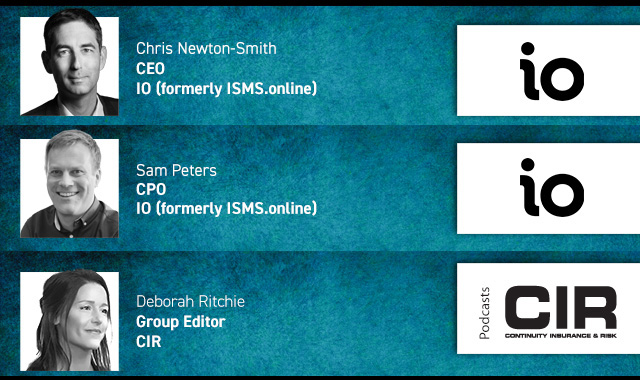Almost two decades on from the devastating 2004 Indian Ocean tsunami, scientists, engineers and disaster managers say more needs to be done to improve resilience against future incidents. At an event in London later this week, they will call for funding for a permanent research facility that could help improve understanding of tsunamis and how to better protect against them.
Speakers at this week’s symposium will present advances that have already been made in preparing the world for destructive tsunamis, kickstarted by the catastrophic 2004 Indian Ocean tsunami that hit Southeast Asia on 26 December 2004. However, members of the Makewaves Tsunami Collaboration will explain how they wish to build on their success to date of generating a realistic tsunami wave at scale in a laboratory by building a dual generator that also simulates the deadly return wave.
The collaboration was started by researchers and industry representatives from HR Wallingford, UCL, London South Bank University and Arup in response to the 2004 tsunami. At the Institution of Civil Engineers on 6 December, speakers will present research that has led to increased understanding of the science of tsunami, changed the design of buildings and infrastructure to mitigate tsunami effects, and improved preparedness actions are needed for communities to become more resilient.
Dr Ian Chandler, senior engineer at HR Wallingford, said: “We now know how, and are able to, simulate a tsunami wave coming into shore. The next step is to develop a dual pneumatic tsunami generator which will allow scientists to study the wave as it goes back out to sea as well. The concept was proved in 2023, and now we would like to set up a permanent dual generator to serve as a hub for visiting researchers from around the world.”
Professor Tiziana Rossetto from UCL civil and geomatic engineering, who leads the Makewaves Consortium, added: “The last 20 years have seen incredible advances in our knowledge on both tsunami as a natural phenomenon, as well as how we can design buildings and coastal infrastructure to defend communities from their devastating effects. This symposium, which sees some of the world leaders in this field coming together for the first time, will allow us to explore the remaining challenges in the field and provide a springboard for future research.”
Printed Copy:
Would you also like to receive CIR Magazine in print?
Data Use:
We will also send you our free daily email newsletters and other relevant communications, which you can opt out of at any time. Thank you.











YOU MIGHT ALSO LIKE